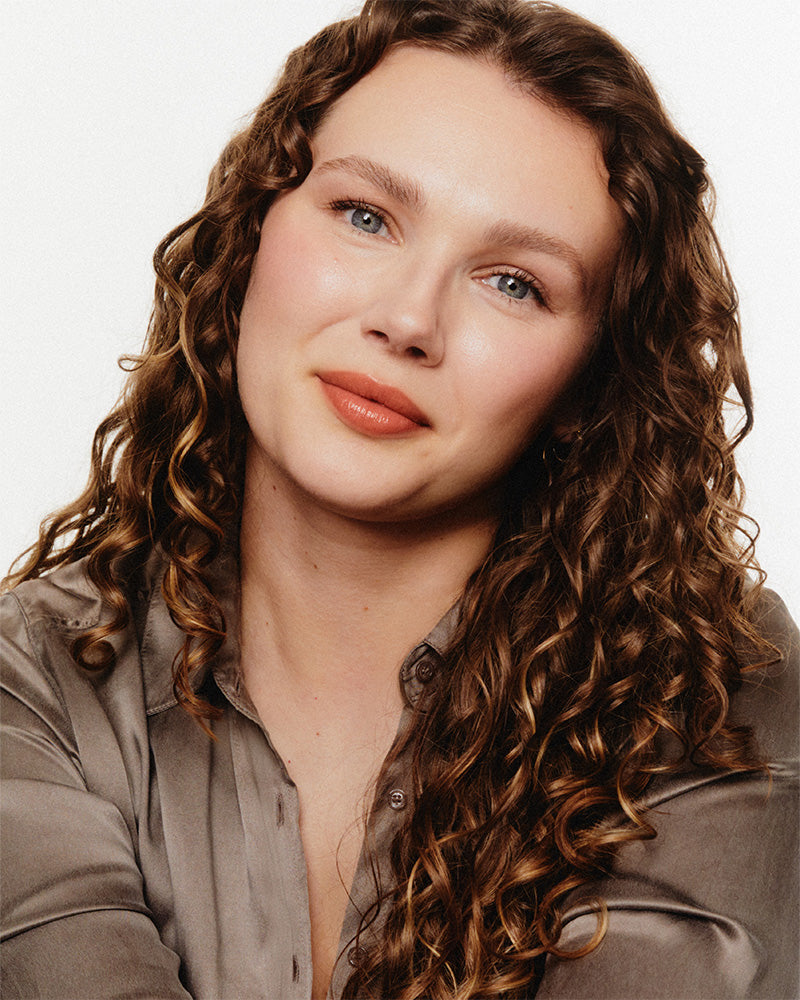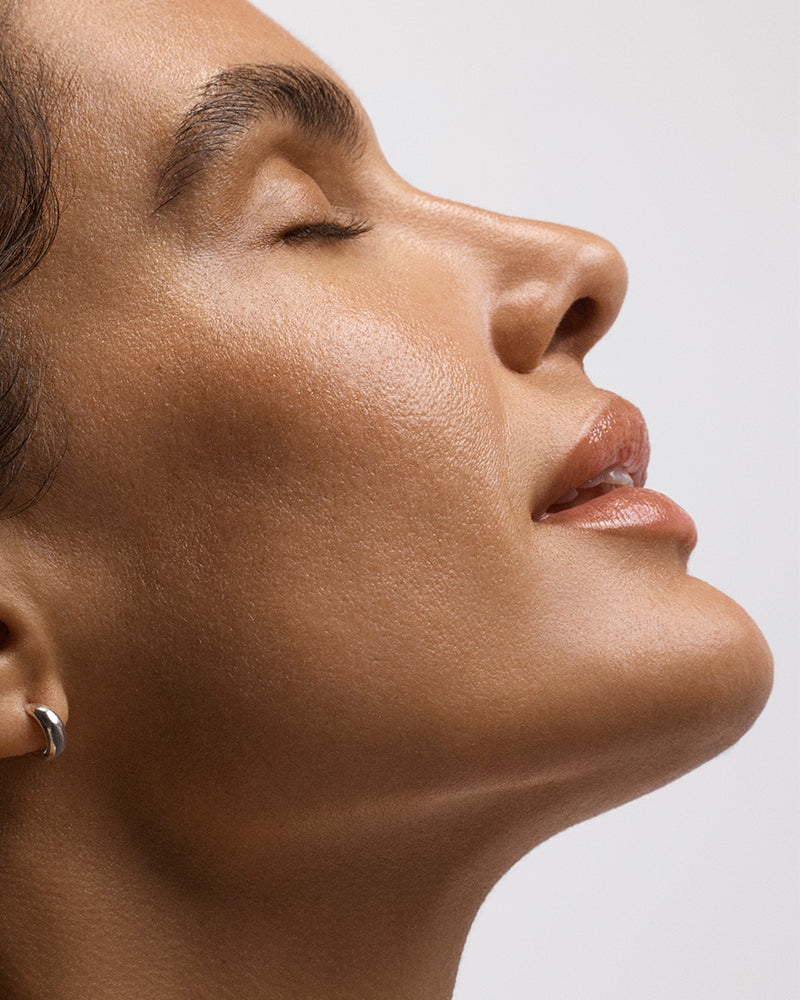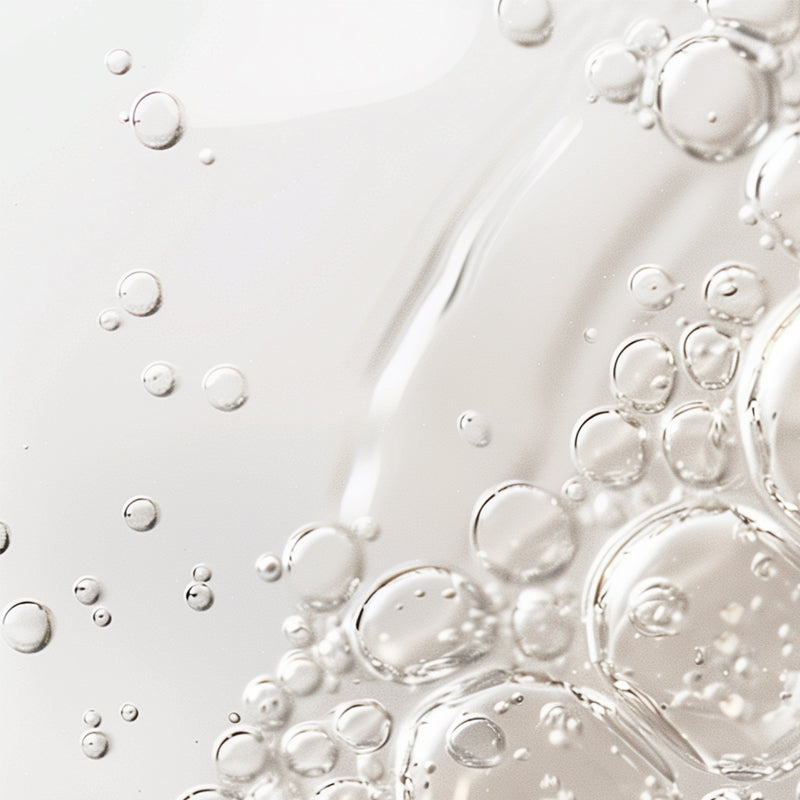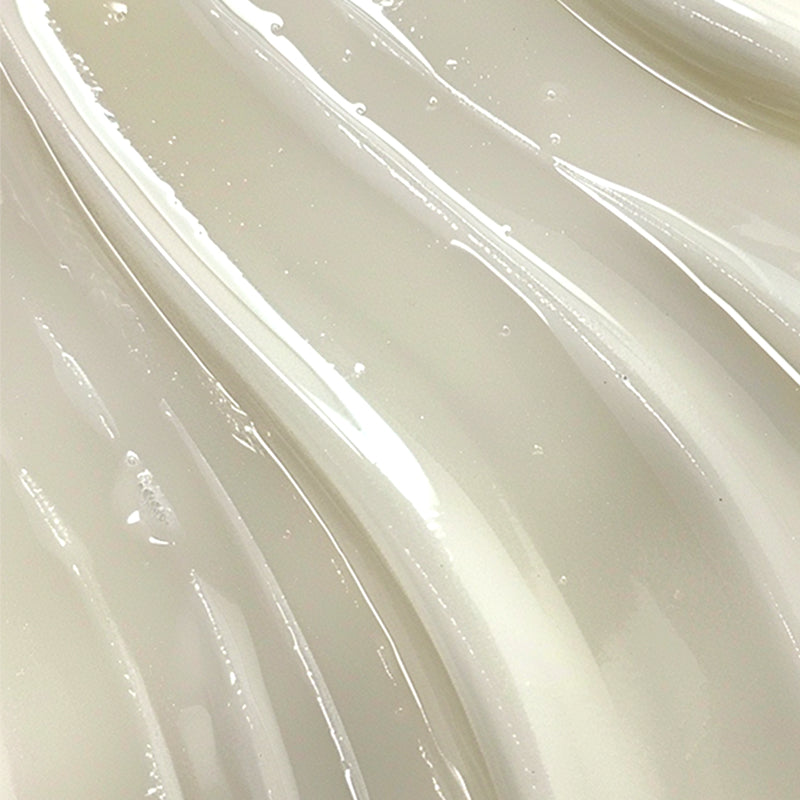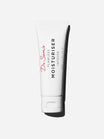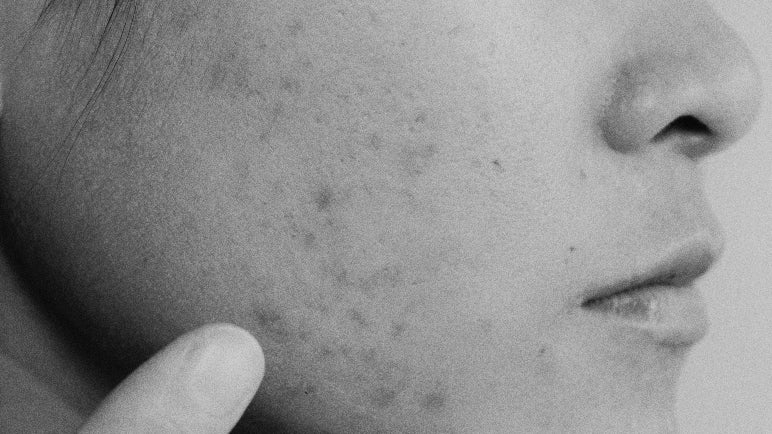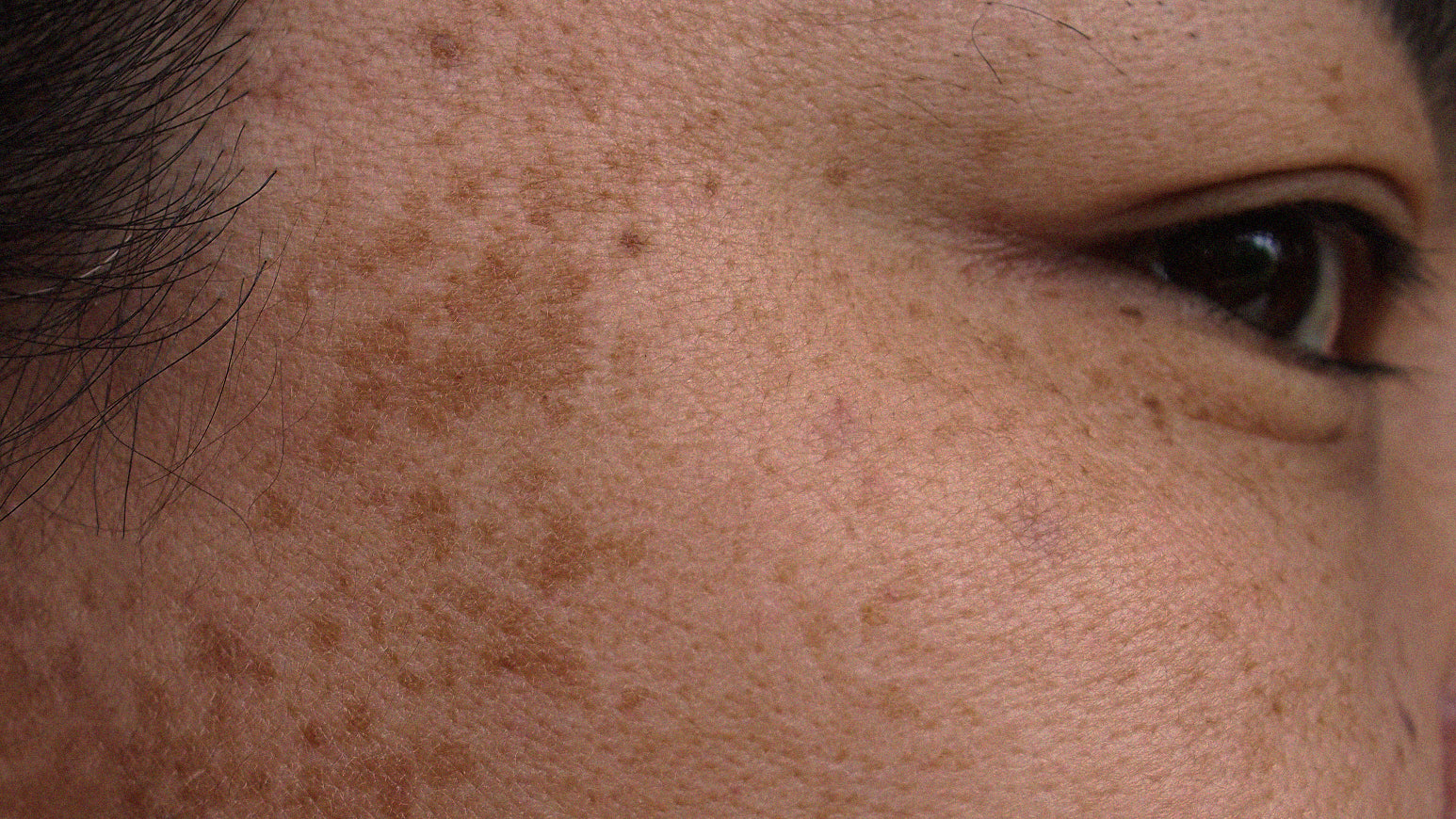Hyperpigmentation is a catchall term that covers a number of different complaints, but the top three that I see in clinic are melasma, post-acne marks and sun damage - what we call solar lentigines - which are these fixed round brown lesions, flat. They don't change much through the year, but they're a culmination of a lot of UV exposure over time.
So when it comes to treating hyperpigmentation, while sunscreen is, of course, your first line of attack, I think that in terms of building an active skin care routine, we can break the pigmentation pathway down into steps that helps you understand why a multi-tasking approach with a carefully chosen toolkit of ingredients, will make the biggest difference.
So let's take it step by step.
The first step is always going to be about prevention.
Now I mentioned sunscreen before and while sun is an important trigger in both solar lentigines as the name suggests and melasma, it isn't necessarily the immediate solution that you think of when you've got post-acne marks. But the reality is that any inflammatory process in the skin leads to pigmentation - it could be acne, it could be eczema or even psoriasis - it will tend to worsen under the impact of UV exposure.
So sunscreen is just a given, whatever the cause of your pigmentation.
Then, there are 2 other key considerations when it comes to prevention: visible light is a big player in the pathogenesis of melasma. We now know that iron oxide is one of the few recognized ingredients that we have to fight against this. So visible light, specifically blue light, causes the melanocytes to be overactive and overstimulated in melasma. When we compare the results from sunscreen which blocks only UV rays versus sunscreen which contains both UV and visible light blockers, the sunscreen with UV and visible light blockers will be more effective in those with melasma.
The final thing to think about with prevention are antioxidants. We know that the generation of free radicals in our skin from pollution, UV and cigarette smoking can also trigger that pigmentation pathway. So one of the best ways to neutralize that effect is by incorporating ingredients that have antioxidant functions, into your skin care routine. Now, many different skin care ingredients have an antioxidant function, so it's not just the likes of vitamin C. We also know that bakuchiol is an effective antioxidant; niacinamide acts as an antioxidant, as does retinoids. So a well structured routine contains sunscreen, ideally visible light protection and antioxidants will be your best bet at preventing future hyperpigmentation.
Reduce Melanin Production
Next we look at the melanocyte itself, the cell that produces melanin and passes it into our skin cells, the keratinocytes. The most effective way of suppressing melanocyte function is to target an enzyme called tyrosinase, which is the rate-limiting step in the production of melanin.
The gold standard is topical hydroquinone, which we use on prescription in the clinic at a 4% strength and I would always recommend that this is done under the supervision of a physician because there is quite a lot of nuance to how its prescribed - in terms of how long for and the way it's used - in order to be used correctly and safely.
Alternatives include azelaic acid, which is one of my favorite ingredients to use in rotation with hydroquinone and I really do like to adopt that practice with my pigmentation patients - this can be used at a strength of 5 to 20%; above 10% is prescription-only and you'll get good results throughout that dose range. Azelaic acid is something that's also very helpful because you can use it in lots of different settings, including pregnancy and breastfeeding, both of which are times when hormones can drive pigmentation to be worsened. And it can even be used when other issues co-exist (like acne or rosacea).
Vitamin C, has additional benefits to its antioxidant properties in inhibiting melanogenesis, or the manufacturing of melanin. And a final ingredient to consider is bakuchiol. Not only does it tend to reduce the activity of tyrosinase, it also has a suppressing effect overall on the activity of the melanocyte - this makes it a really useful new ingredient to have in our pigmentation toolkit.
Reduce Melanin Transfer
So now you've controlled the melanin production, you can then look at controlling the melanin transfer into the skin cells, and the most notable ingredient for doing this is niacinamide - one of its key benefits is to reduce the activity of the ‘conveyor belt’ of melanin being exported into our skin.
Increase the Elimination of Melanin By Stimulating Exfoliation
The final consideration is exfoliation of melanin in existing the skin cells, and its removal form our skin altogether. The two categories of ingredients that will stimulate this process most effectively are alpha-hydroxy acids and retinoids, both of which will encourage the elimination of keratinocytes from the stratum corneum.
Final Thoughts - Multi-tasking Works Best
What I also want you to appreciate from this overview of the ways we can impact pigmentation due to melanin in our skin is that many of those ingredients, if carefully chosen, can also tackle those other key causes of why we lose our glow. Niacinamide will boost skin barrier function and improve hydration. Azelaic acid will improve texture, as will AHAs; and retinoids and bakuchiol will improve the quality of your dermis. Azelaic acid will even redness.
So you can see that with carefully chosen ingredients, you can target a very specific concern, but also get a lot of upside in terms of the general appearance and radiance of your skin. So I hope that's helped you think about your hyperpigmentation in a really structured way. It's quite a complex pathway when you think about it - but if you break it down into those four action points, you won't go far wrong.

